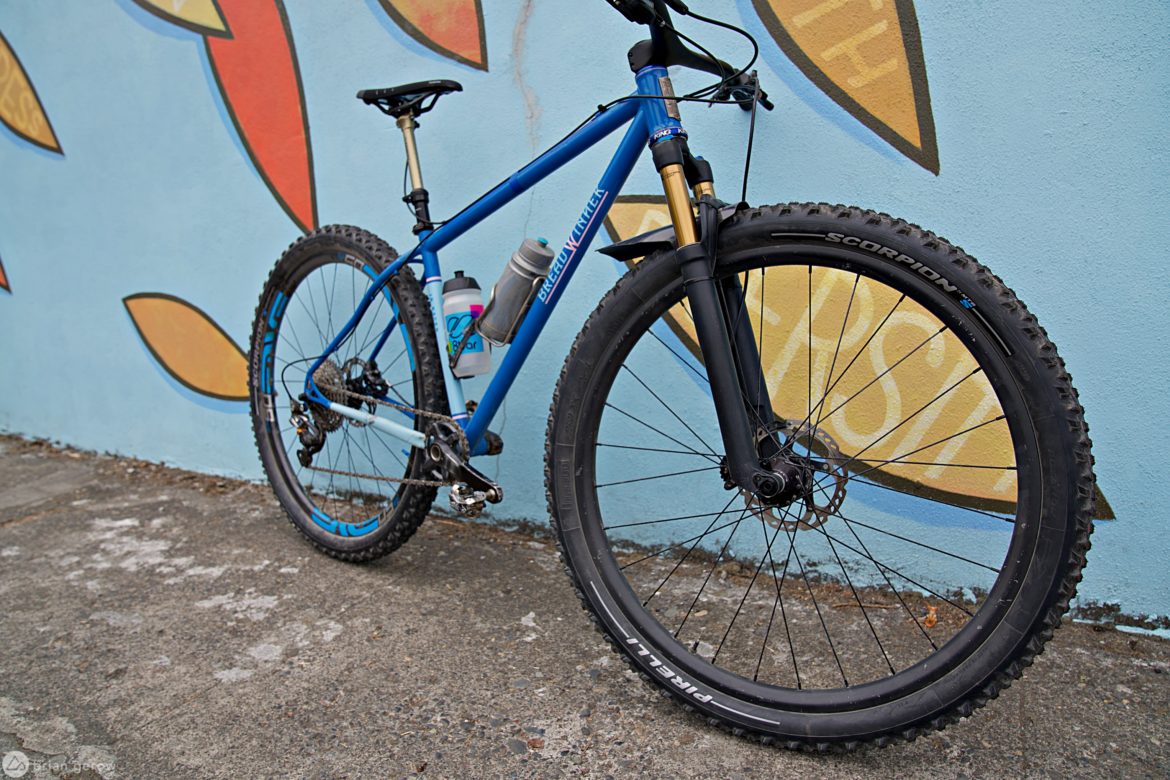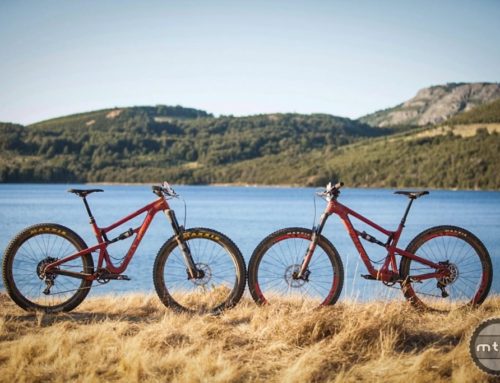Editor’s note: This is one side of a two-part opinion piece about gravel bikes.
Rolling into the hills on low traffic dirt roads and paths is something that many road and mountain bike riders have done for most of our lives. It’s a safer and less stressful way to exercise than riding car-crammed tarmac. The famed RAGBRAI race/ride has been spinning up dust clouds across the state of Iowa since 1973, and Italy’s Strade Bianche has proven an annual showcase of athletic dirt road prowess since 2007. Now we have a specific name and at least two genres of specialty bikes designed to tame the unpaved. Given the history of dirt road riding that dates back before the first Tour de France, is there anything genuinely new about “gravel bikes” or is it simply clever marketing?
When the word gravel first appeared on bike frames, they were largely rebranded cyclocross bikes or hardtail mountain bikes with drop bars. Those frames have morphed over the years, and gravel bikes now have lower bottom brackets, longer wheelbases, and slacker headtube angles than CX frames for added stability and comfort. Many of those frames have also widened their stance to accommodate larger tires for additional grip and cushion, and some offer internal dropper post routing and suspension.
So what sets these new bikes apart from classic XC hardtails with drop bars or cyclocross race bikes?
[continued...]









